I went enthusiastically to the exhibition about collecting – those who know me well know that I like collecting, collections and collectors a lot. I did my final year project on it at university and it’s been a mild obsession ever since.
I was disappointed to find that this riotous, spectacular and curiosity inspiring subject had been presented in the most sterile way I’ve seen yet. Artists’ collections had been shown next to one example of their work, but in lots of cases it was a photography collection next to some photographs or a taxidermy collection next to some taxidermy. In this sense the exhibition did a very blunt job of drawing a line between the inspiration and the art it inspired, in most cases making the artworks look like bad copies of the collections.
The worst offender was the display of abstract painter Howard Hodgkin’s collection of Indian pictures. The pictures are small intricate paintings that have a strong use of colour. Outside the room was hung a piece of Hodgkin’s work, all big brush strokes and block colour. Yes, the use of colour was an obvious thread but other than that, this lone, decontextualised artwork, when hung next to the collection (of paintings!) seemed frankly inferior. Surely this is not the point of the exhibition? An exhibition which is dealing with both artist and collection should showcase each in it’s best light but this reduced both somehow.
The other aspect which was lacking was the critical angle about the politics of collecting itself. Whilst collections as artworks was tackled as a topic in the Martin Wong/Danh Vo piece, the idea of artists acquiring items as a whole collection, or from other collections was absent, as was the idea of ownership or authorship through collecting. In the case of Howard Hodgkin the fact that the pieces in his collection had been created as art, had then been collected and returned to object status, loaned to the Ashmolean Museum as ‘His’ collection and then displayed at the Barbican again seems to be a journey that could benefit from some curatorial scrutiny.
Of course all of these gripes are just that – an enthusiast rambling, and there were good bits. Showing all the packing cases that the collections and artworks had come in (albeit in a corner) was brilliant, and I liked the rugs which were liberally strewn around each area.
(N.B. I’m sure some of these issues are at least touched on in the audio guide or the book, but I shouldn’t have to pay £40 to get a bit of thoughtful insight when I’ve already paid £12 to get in.)



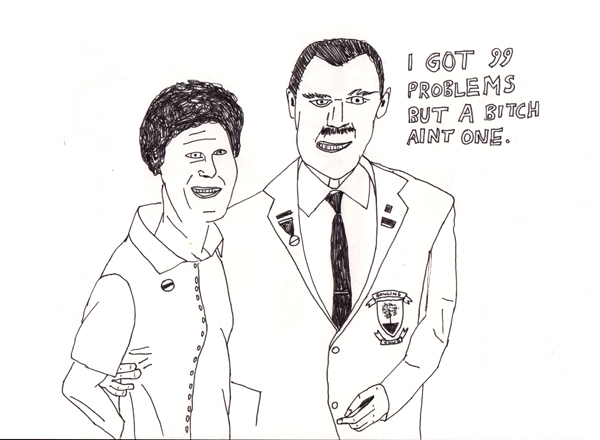
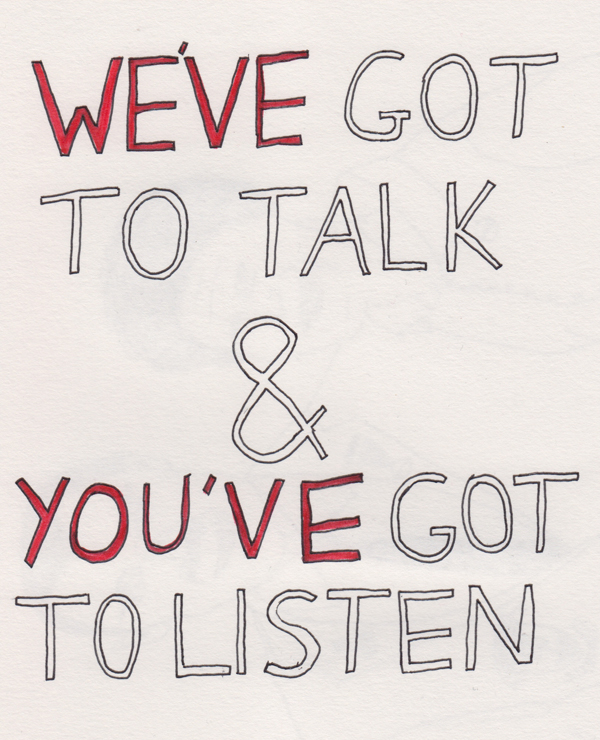
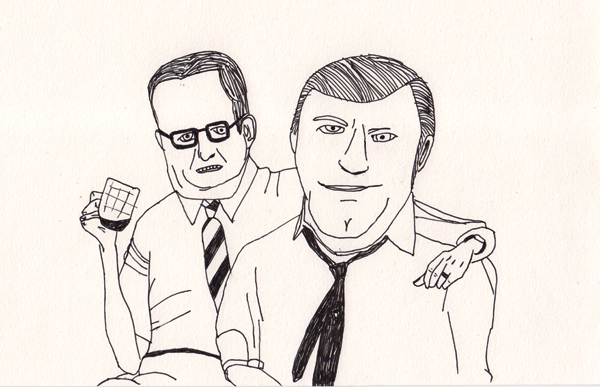
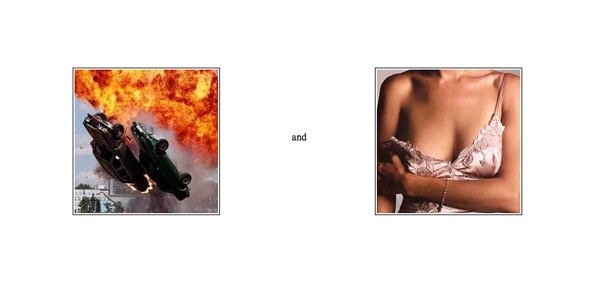
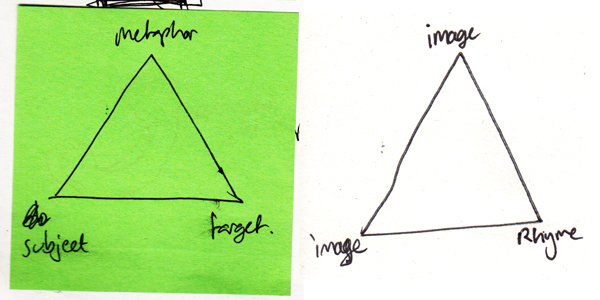
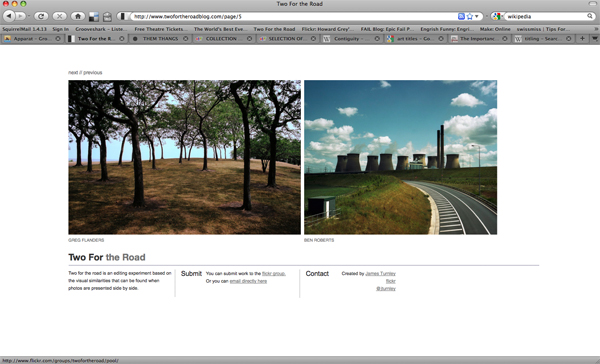
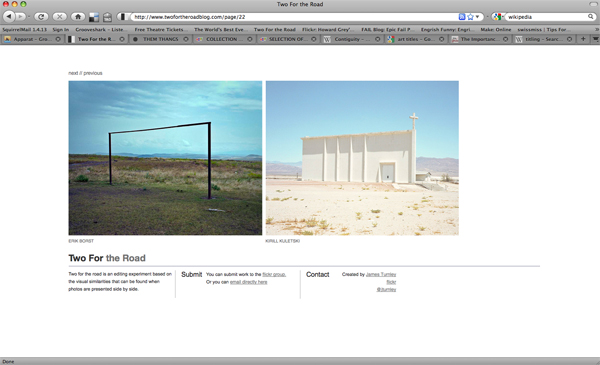
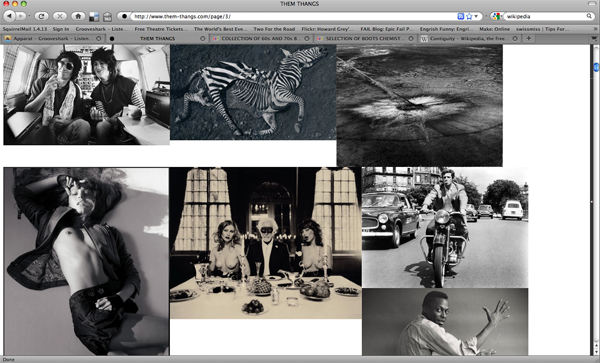
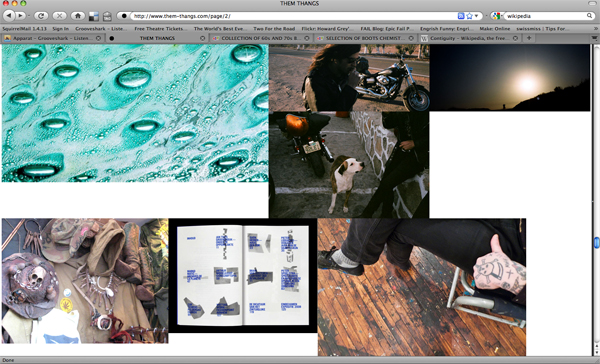
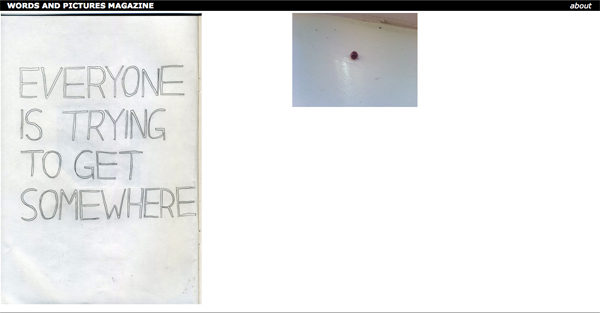
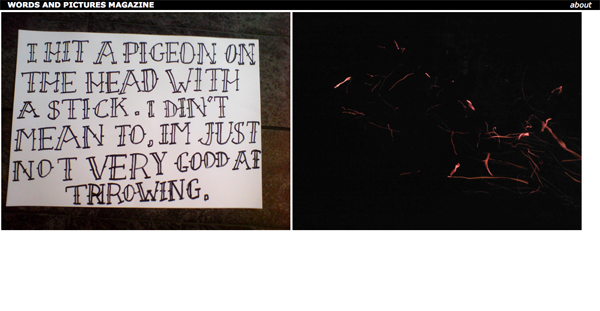
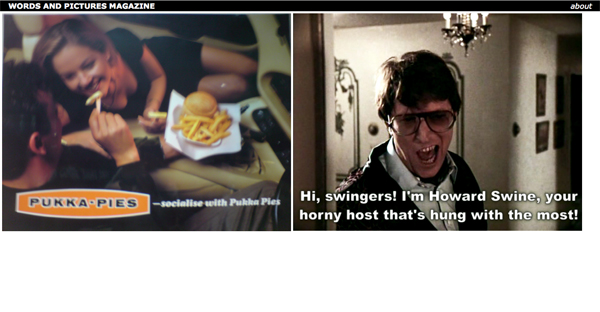
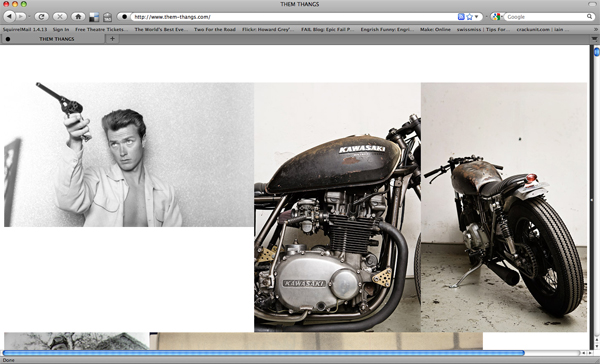
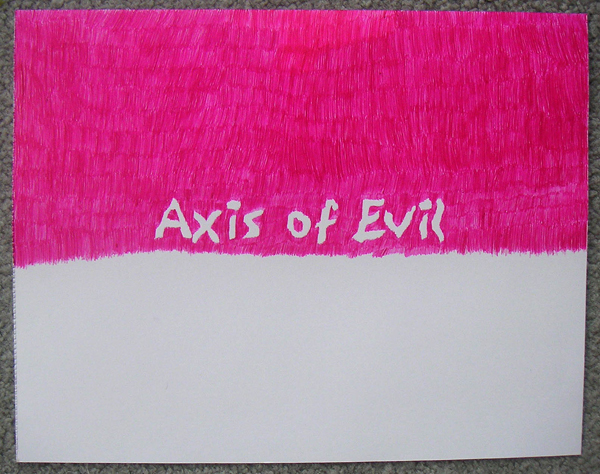
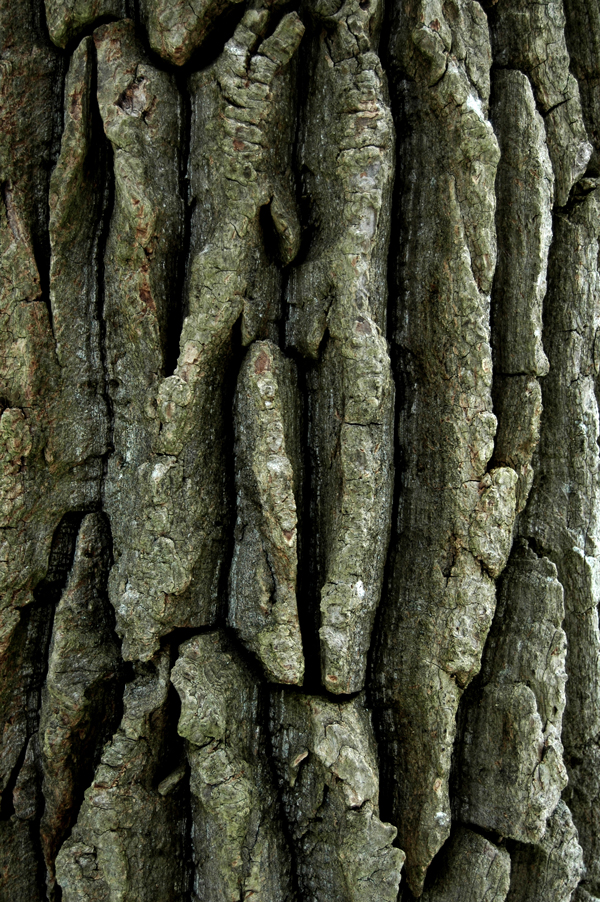
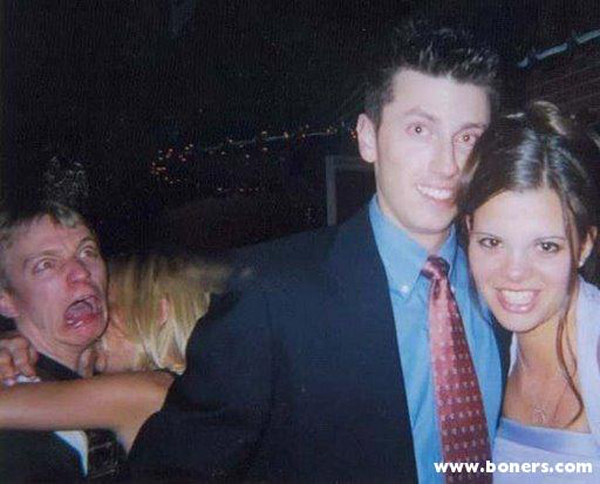
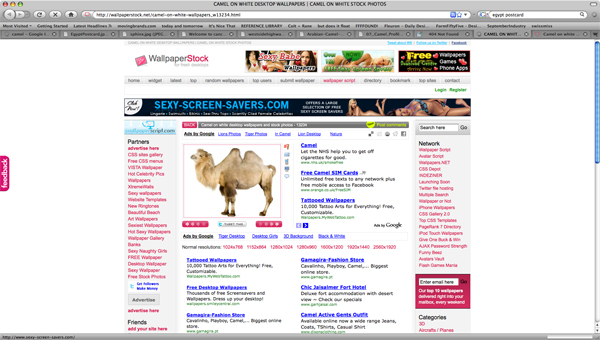
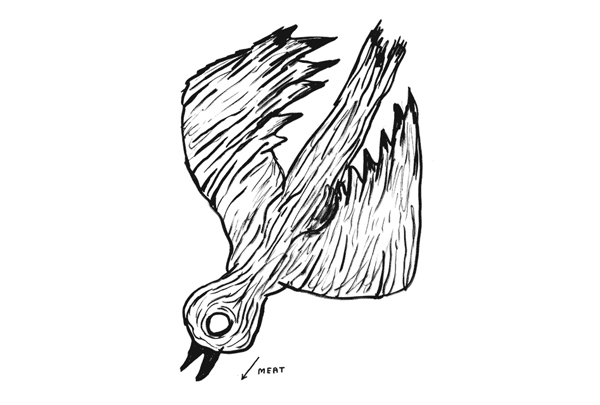
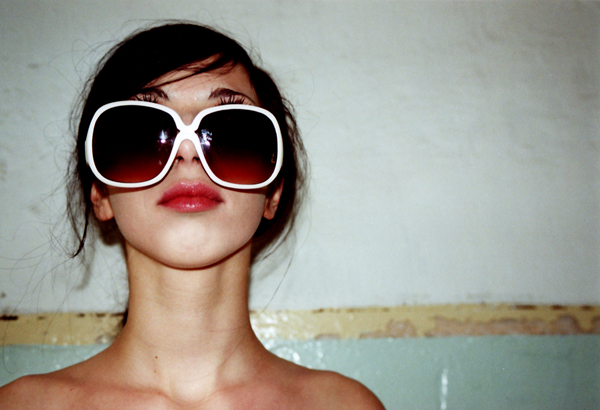
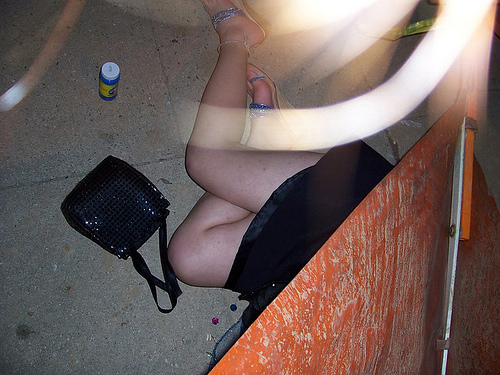 "The government and Daily Mail won't shut the fuck up about the perils of binge-drinking and the harmful effects of alcohol.
"The government and Daily Mail won't shut the fuck up about the perils of binge-drinking and the harmful effects of alcohol.